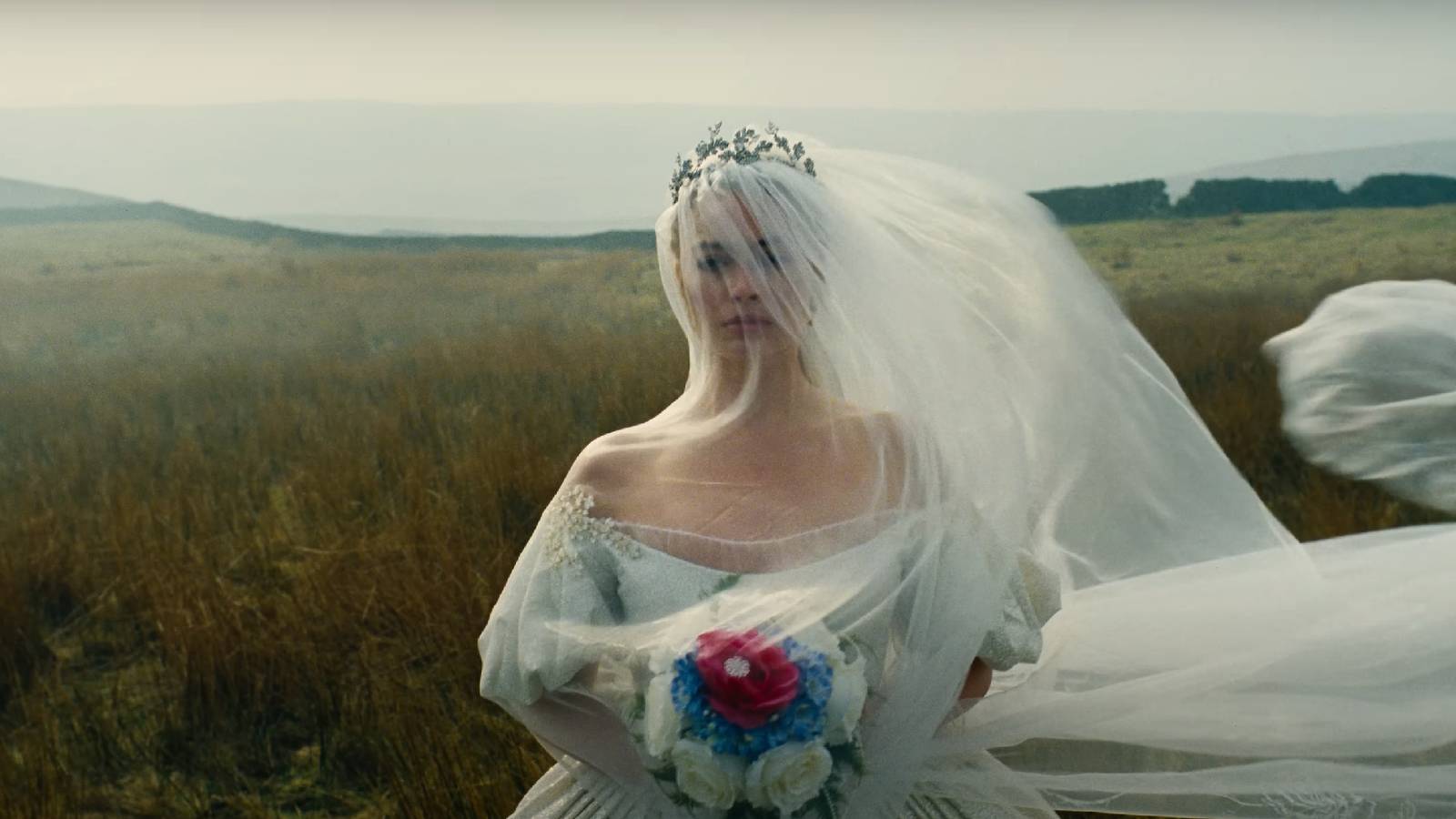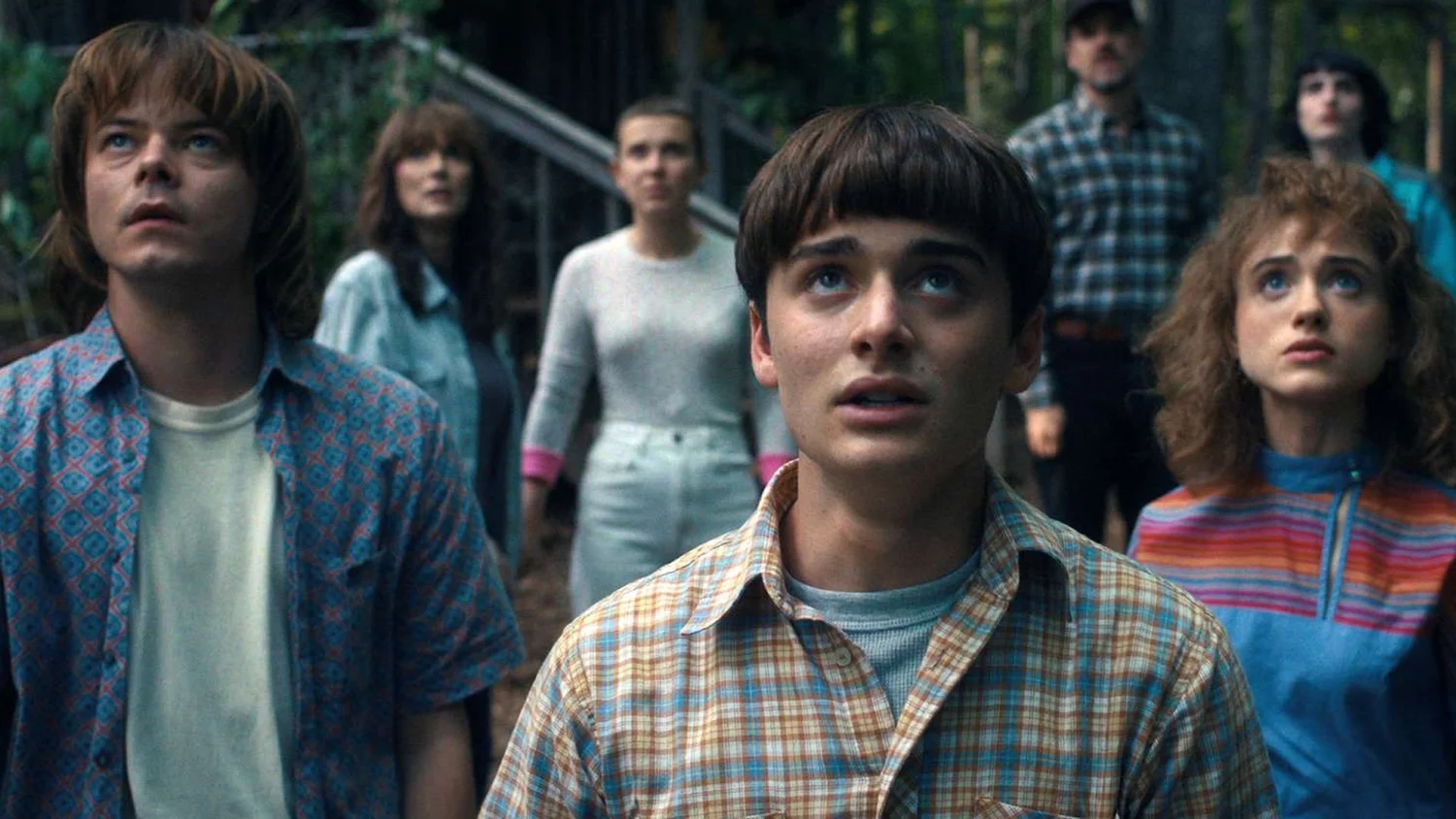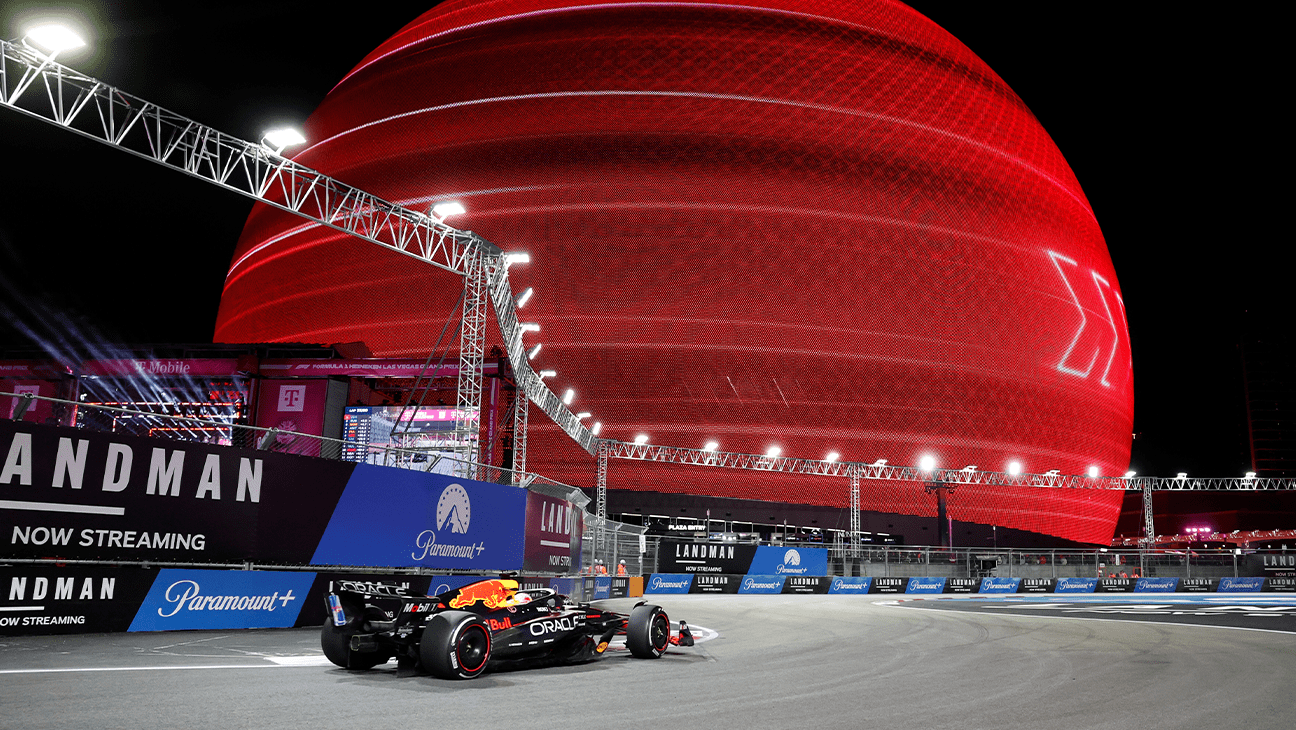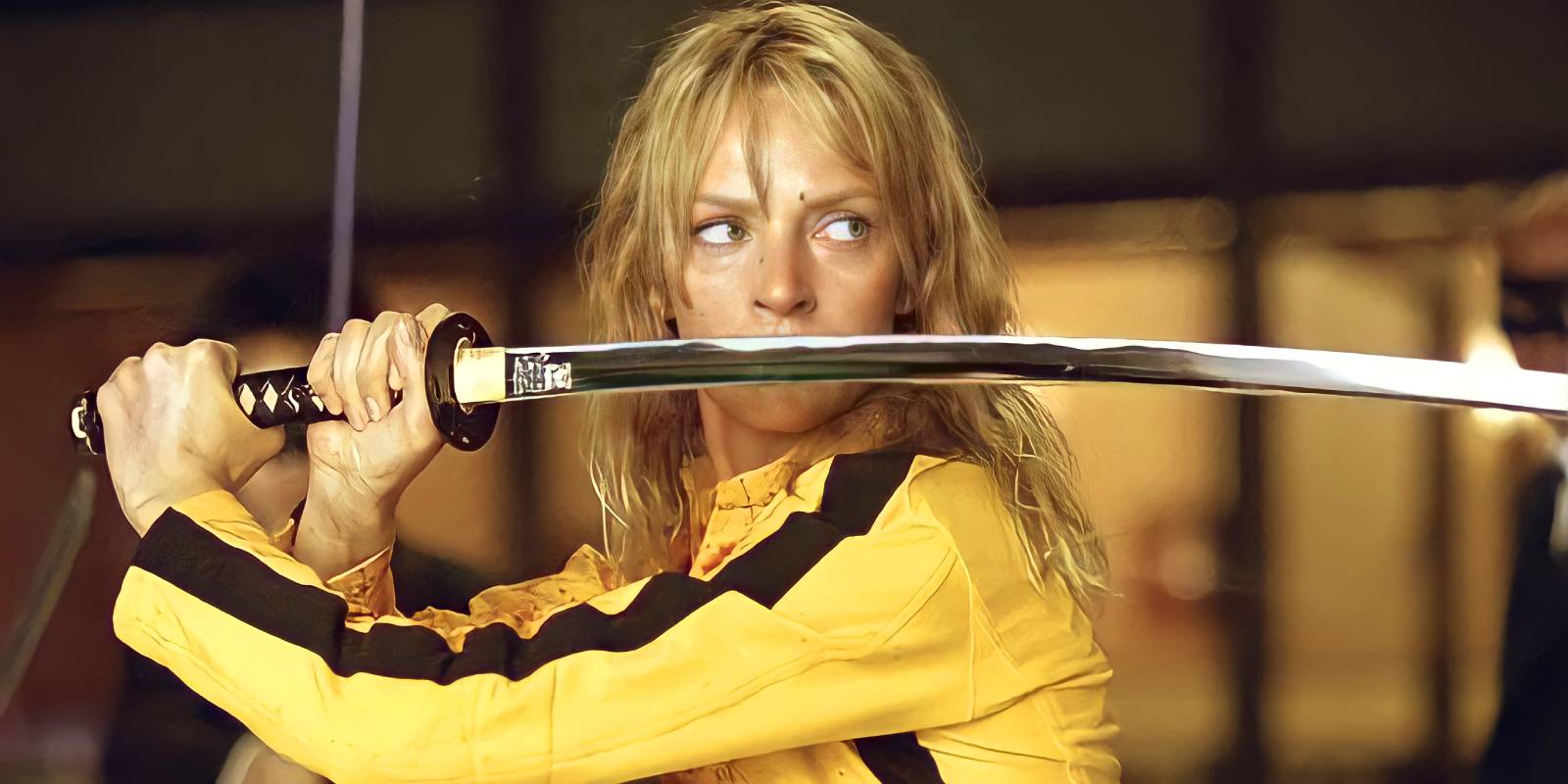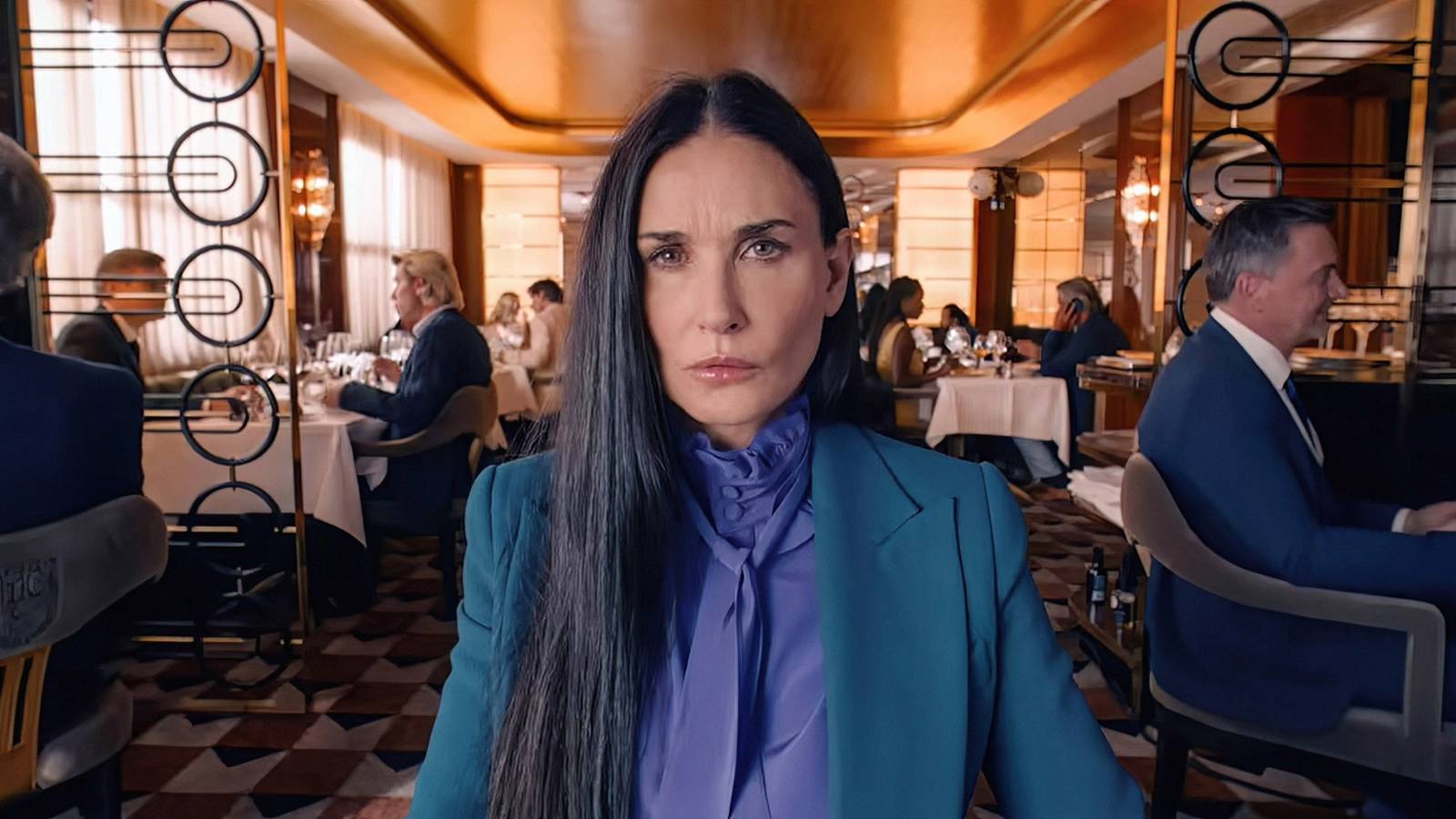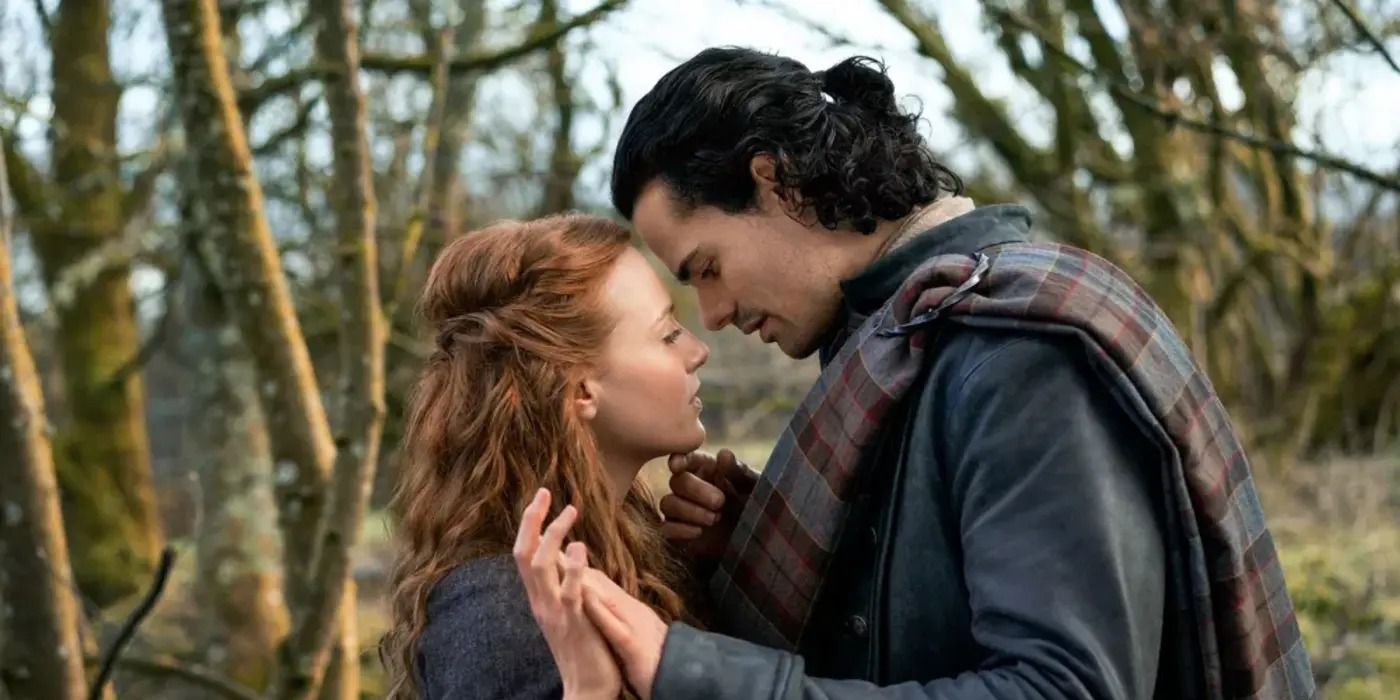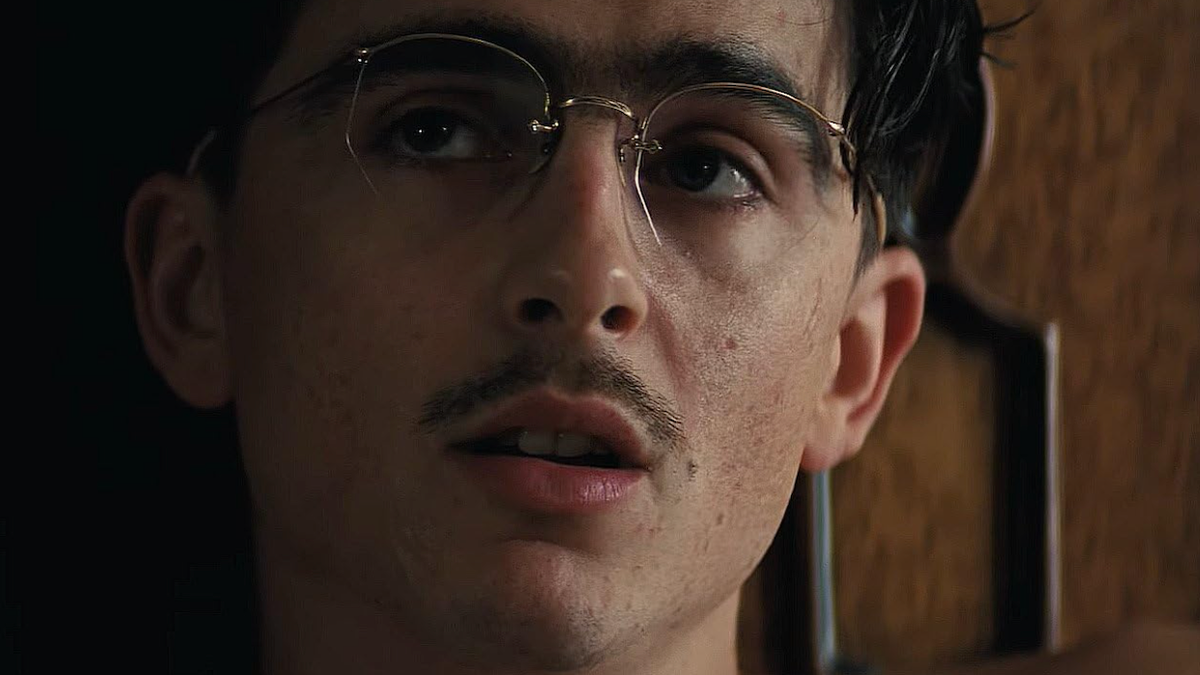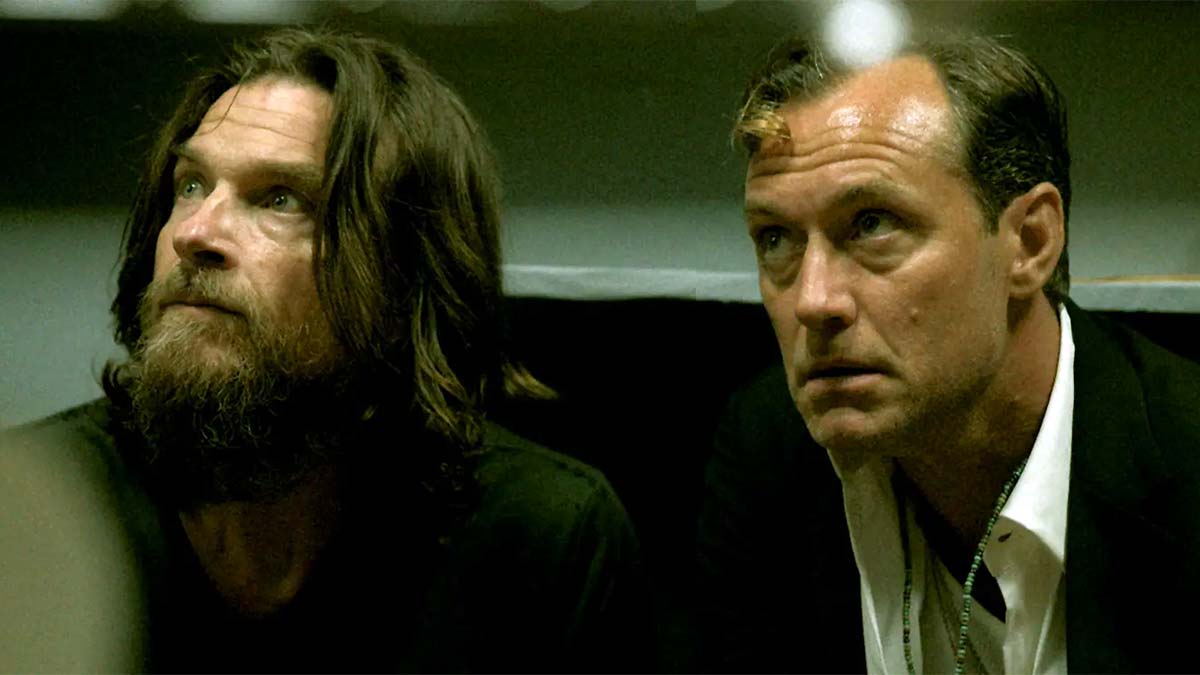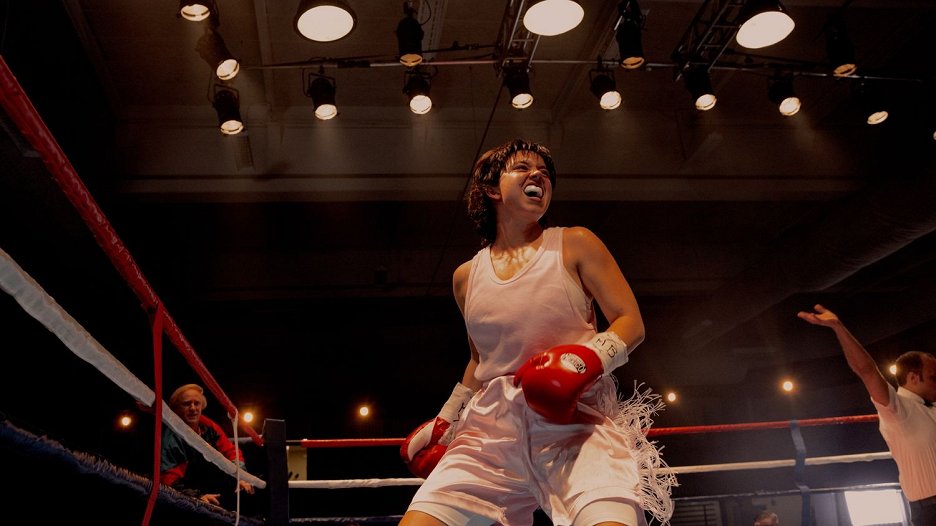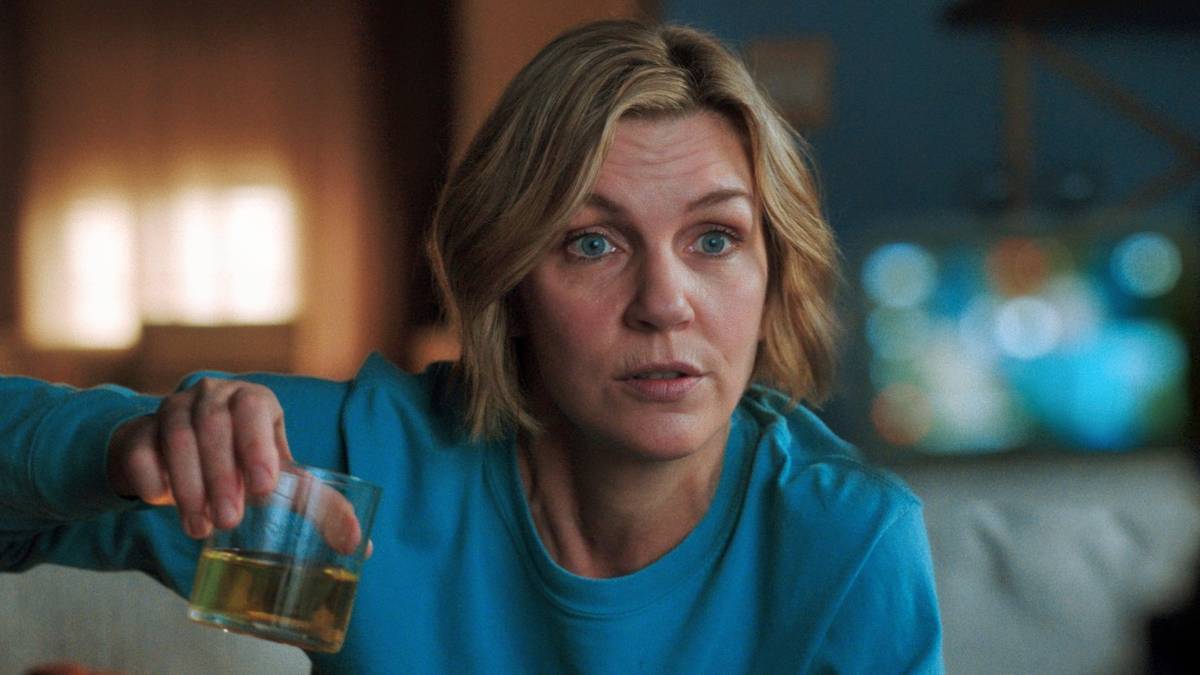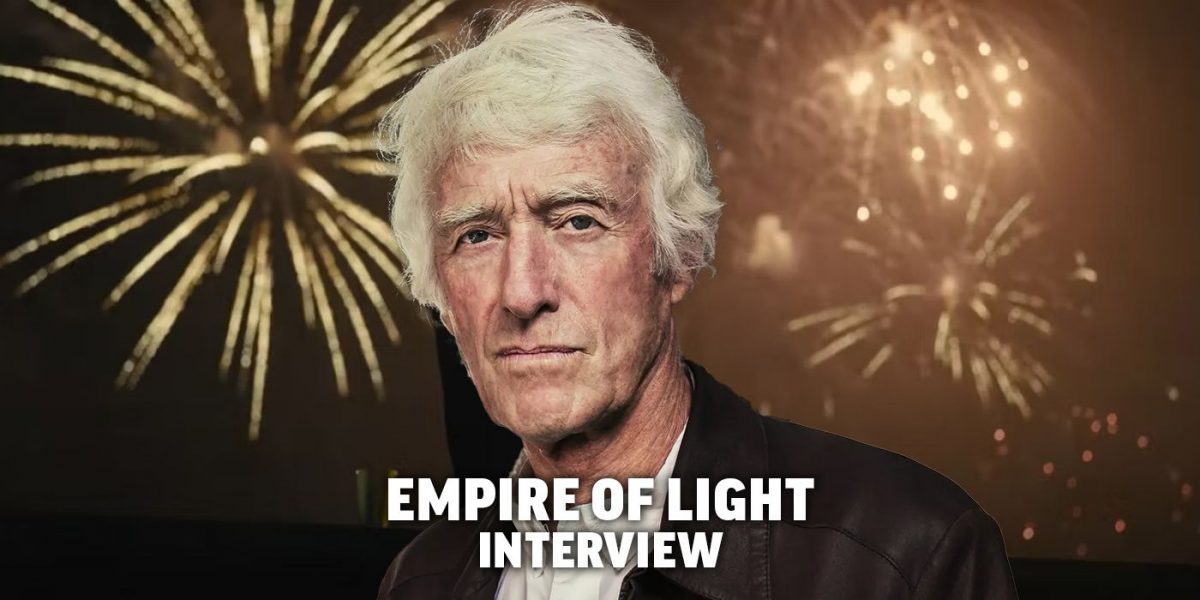
Roger Deakins on Empire of Light and Reuniting with Sam Mendes
Jan 1, 2023
There are great cinematographers and then there’s Roger Deakins. Outside of major cinephiles, not many know the names of the best cinematographers in the business. Deakins is different though, when he’s working on a new film, his inclusion garners as much attention as the filmmaker behind it, sometimes even more so. He’s earned it. Having worked on so many iconic films and worked with some of the greatest auteurs in the business.
He’s worked on No Country for Old Men, Skyfall, Sicario, The Shawshank Redemption, The Big Lebowski, Fargo, O Brother, Where Art Thou?, Prisoners, and A Beautiful Mind, and those films don’t even make up half of his ever impressive resume. Remember when everybody used to say that Leonardo DiCaprio was overdue for an Oscar before he won for The Revenant, or how we still lament that Amy Adams and Glenn Close are overdue for theirs? Well, Deakins was nominated 14 times before he finally won for Blade Runner 2049 in 2018. He won his second Oscar a mere two years later with his incredible work in Sam Mendes’ World War I film 1917, which was made to look like it was done all in one take.
COLLIDER VIDEO OF THE DAY
Deakins first film since 1917, finds him once again teaming up with Mendes, in Empire of Light, a romantic drama set in the 80s starring Academy Award winner Olivia Colman as a lonely movie theater manager who falls in love with Stephen (Michael Ward), a new employee. It’s a film that tackles mental illness, racism, sexism, adultery, self-love, and of course the power that movies can have on a person.
I spoke with Deakins about what it’s like working with Mendes, the similarities and differences between working on big-budget blockbusters and more intimate movies, and the future of the way movies are made in regard to shooting on location or on a high-tech soundstage. You can read our conversation below.
Image via Warner Bros.
Related:Olivia Colman & Sam Mendes Talk ‘Empire of Light,’ Kitchen Zoom Conversations, and Colin Firth
COLLIDER: First off, I just wanted to say it’s an honor to talk to you. You are truly a rock star in the world of cinematography. So the first question I really wanted to ask is, let’s say somebody hasn’t seen any of your work, which is kind of hard to imagine because you’ve done a lot of influential movies, but what would be the first movie that you would show them?
ROGER DEAKINS: Oh boy, that’s a question. I don’t know. I mean, start at the beginning really. I really don’t know. That’s like saying, what’s my favorite movie I’ve worked on? I like different films for different reasons. Yeah, that’s too hard to say.
What can you say about the collaboration process? Because you’ve worked with a lot of big-name directors, obviously Sam Mendes, with this one, Empire of Light. You’ve worked with Denis Villeneuve. You’ve worked with the Coen Brothers, Angelina Jolie. You worked with Scorsese once. Could you describe how that is? What goes into that? When designing the shots, or even let’s say with 1917 when you were brought on to that, was there basically an agreement that you wanted to do that in one shot?
DEAKINS: Yeah, no, I mean that happened. Sam sent us a script and James, my wife, and I read it. Oh well, actually we looked at the front page, and it said, “This film is conceived as a single shot,” and we thought it must have been some mistake. And then we read the story, and then it started to make sense that that’s a way you could interpret that one story because it’s quite simply about these two characters and following these two characters. So in terms of collaboration then that was a very different film to all the others I’ve ever worked on because the whole thing had to be conceived of before even the sets were talked about. I mean, we had to figure out what do we want to see, where do we want the camera? How does the camera kind of move from a close shot to a wide shot?
So we had to have a, not a direct storyboard, but basically outline of how that shock was going to work. And then it all had to be timed out with the actors as to the dialogue and the movement. How fast were they moving, how much dialogue was that? How long does the trench need to be? So everything had to be worked out visually say before the sets were built and signed off on. And that’s very different to a film like many of the films… The Coen Brothers, for instance, many of their film … well, all of their films are storyboarded before we start shooting. And that’s always done in conjunction with finding locations and everything else.
The first film I did with Sam, Jarhead, we didn’t do any storyboarding. We talked about the script, and we talked about locations and looked at locations and stuff, but we didn’t talk about shots because Sam said, “Let’s shoot the whole thing handheld as if we were reacting to what the actors are doing.” So we actually shot rehearsals. We didn’t even rehearse before. I put the camera on my shoulder, and we just shot. So every film is kind of different and so that makes the pre-production period very different. But I think most of the directors I work with, they like pre-production, they like somebody to swap ideas with, Denis very much. We spent a lot of time in prep just talking through the script, not about shots even, but just talking through the script and visual ideas.
So yeah. I mean, people are different, and each film is different, but I say that the collaboration is usually about … Specifically, I like it to start very early. So I’m really in on the ground as soon as locations are being talked about. So even the balance between locations and sets and all that. I like to be involved
With Empire of Light, this movie is mainly set in a movie theater, but you manage to make it look beautiful the whole way through, I couldn’t take my eye eyes off the screen. What was the biggest challenge with doing a movie in that kind of, almost like a smaller location than let’s say a Bond film or a Sicario?
DEAKINS: Yeah. I mean, wouldn’t say it’s that different than a Sicario in a sense. You are choosing multiple locations and trying to blend them together to create one whole world. Yeah. I mean, obviously, on Empire of Light, we were trying to keep as much as possible within a short distance of … whether in Margate or within short distance away from Margate because we didn’t have an endless budget, and we couldn’t really travel. We couldn’t lose a day through travel.
So there’s certain budget and schedule restrictions and that led us to this one cinema that we found in Margate called Dreamland, which is abandoned but gave us an exterior and certain interior elements that were really good. And then so focus on that, you build the world around that. And then we were very lucky because three doors away from the cinema, there was an empty lot. So Mark Tildesley, the designer, could build a set for the lobby, and we would have the same view out of the lobby as would appear out of the location. And it was in walking distance. So we could then shoot a day, we could shoot another location, we could shoot the set, and we could mix and match. We could shoot around the weather to a certain extent.
Was everything pretty close together then? Everything that you shot? Because I know there are things at the beach and there are things at the hospital. Was it all pretty close?
DEAKINS: Yeah. Just about all of it was within half hour drive except the beach scenes where Hilary and Stephen go on the bus to the beach. That was quite a way away, but it was a drive and a shoot, and then we stayed overnight and shot some more and then drove back. So that was the one location that was an issue because it was very specific and we had to go there, but we managed to do it as a traveler workday.
Image via Searchlight
With this movie, were you basically with Sam Mendes right from the get-go?
DEAKINS: He brought me in actually very early on, actually. And we would spend a number of days off and on just sitting together and just talking through the script, just talking ideas and also talking about what scenes weren’t necessary or what scenes could be done with a visual rather than extended dialogue or just talking about the script or just playing with it really, how you interpret it visually.
How long does it usually take then to work everything out with Sam Mendes before you get to actually filming?
DEAKINS: Well, for me, it’s sort of non-consecutive days. So I was over in England, we were staying down in Devon, and I would drive up and meet with Sam on our days just to talk through the script. And then I think prep started sometime in late November, early December. And then we started really looking for locations, and it just gradually builds up. So a lot of the time, you’re not working every day, but I say I like to be involved early on. I think that’s the one time you’ve got total freedom to explore ideas. Closer you get to the production, the more reality of the budget and the schedule and the practicalities kind of hems you in really. But yeah, I love the pre-production because you got time to just talk ideas freely.
Is there a shot that you think you are the most proud of in this movie? I think of that the shot of Olivia Colman watching Being There and I truly think it is one of the best shots in a movie that I’ve seen all year. The setup is simple, but it looks incredible. Do you have a particular shot in this movie that-
DEAKINS: I always say … I’m sorry, I’m not going to say a specific shot, I think, because you really, you’re trying to make them all fit together. You don’t want one to stand out. I mean, I don’t know. No, you’re really trying to make everything flow together, and you don’t want any shot to draw attention to itself. That’s not the craft. You really want to be as invisible as possible.
Image via Searchlight Pictures
I also wanted to ask about filming on a soundstage versus on location because I see there’s this constant thing where it’s more and more movies are filming on these sound stages now versus on location. And I know most of your movies are filmed on location. What is your opinion on this kind of growth, not even growth, but in your field?
DEAKINS: Well, I think it’s fantastic to have the options. I mean, frankly, I’m not that interested on being on a soundstage with a projected backdrop and all that. I’m just not that interested in it. Maybe there’s specific scenes that I would say, “Yes, that’s what we should do.” I don’t know. I haven’t been there yet. Again, you could have done that with the interior of the lobby in Empire of Light, but it would’ve been too expensive for us, I’m sure. But you could have done that. It would’ve been a way to go, but I don’t think it would’ve been as successful as what we did, which have a real exterior. And even sometimes when it’s blown out, and you hardly see what’s out there, it does feel like it’s a real exterior. I think that’s important. And also, I like doing it on camera.
One of the first films I shot was 1984, and every shot in it is in camera and there’s big television screens and lots of things in it, you would think would be in effect, but they’re not. They’re all on camera. There’s even a glass shot, which you probably don’t know what it is, but you put a piece of glass in front of the lens, and you paint on it structures or some addition to a landscape, and then you shoot it in focus with the background, and you create a composite shot in camera. I love all that. It’s just fun. It’s just great to do that. I like having that, not only that control, but I like seeing it on the day you’re doing it.
Yeah, that’s part of the reason where Denis kind of insisted that most of what we did in Blade Runner, it was actually built. There’s a lot of CG, but it’s very much backgrounds. The actual set that’s that the actors are relating to is actually there.
So yeah, maybe I’m old-fashioned, but that’s what I like. But on the other hand, I do say that the technology is opening up so many possibilities if used in the right way that it is great. I mean, we wouldn’t have been able to shoot 1917 without the latest camera technology, for instance. So it’s not I’m like anti-technology, it just, sometimes I think technology drives the movie instead of the movie needing certain technology for its creation to help it.
But do you have anything planned for what you’re doing next or any directors that you really are working with again, or?
DEAKINS: We have a photo exhibition in Bologna, and we had a photo exhibition in Katowice in Poland. We just came back on Tuesday, and we’ve got another photo exhibition in early next year. And that’s all sort of come because of a book of photographs we got published during lockdown basically. And so that’s what we’ve been doing lately. No, I don’t know what’s coming next film-wise. I haven’t been sent anything. I haven’t read anything that’s really drawn me in, so I’m not sure.
Well, congratulations on Empire of Light also congratulations on the exhibition, and good luck with the next one. It’s been an honor.
Thank you. All right, pleasure. Take care. Cheers.
Empire of Light is now playing in select theaters. You can watch the trailer below.
Publisher: Source link
Timothée Chalamet Gives a Career-Best Performance in Josh Safdie’s Intense Table Tennis Movie
Earlier this year, when accepting the Screen Actors Guild Award for Outstanding Performance by a Male Actor in a Leading Role for playing Bob Dylan in A Complete Unknown, Timothée Chalamet gave a speech where he said he was “in…
Dec 5, 2025
Jason Bateman & Jude Law Descend Into Family Rot & Destructive Bonds In Netflix’s Tense New Drama
A gripping descent into personal ruin, the oppressive burden of cursed family baggage, and the corrosive bonds of brotherhood, Netflix’s “Black Rabbit” is an anxious, bruising portrait of loyalty that saves and destroys in equal measure—and arguably the drama of…
Dec 5, 2025
Christy Review | Flickreel
Christy is a well-acted biopic centered on a compelling figure. Even at more than two hours, though, I sensed something crucial was missing. It didn’t become clear what the narrative was lacking until the obligatory end text, mentioning that Christy…
Dec 3, 2025
Rhea Seehorn Successfully Carries the Sci-Fi Show’s Most Surprising Hour All by Herself
Editor's note: The below recap contains spoilers for Pluribus Episode 5.Happy early Pluribus day! Yes, you read that right — this week's episode of Vince Gilligan's Apple TV sci-fi show has dropped a whole two days ahead of schedule, likely…
Dec 3, 2025
